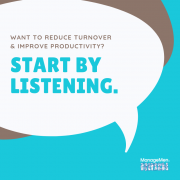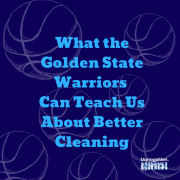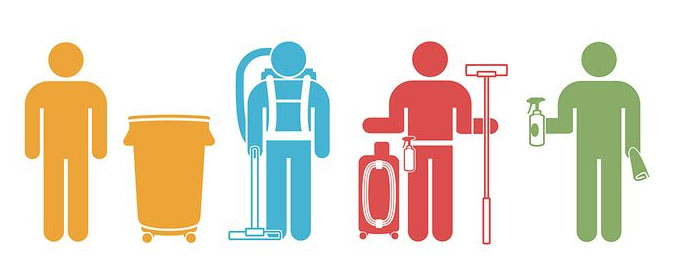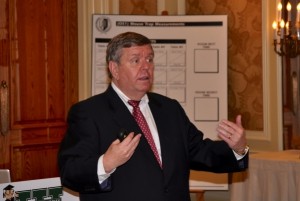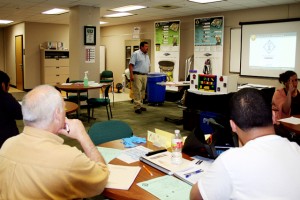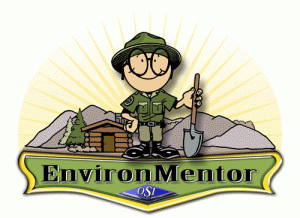Want to Reduce Turnover and Improve Productivity? Start by Listening.
We’ve been talking to a lot of (OS1) users recently, gathering input on what they experience on a day-to-day basis so we can improve our training. At Symposium, we speak with leaders of organizations like Sandia National Labs, University of Texas at Austin, Los Angeles Habilitation House, Michigan State University and others to identify best practices, but what about the people actually doing the cleaning? What ideas do the janitor—(OS1) specialists—have for improvement?
A common concern we’ve heard is regarding the general absence of meaningful communication between custodial workers and their department leaders. This is an issue in organizations everywhere—not just (OS1) organizations, cleaning organizations, big corporations or small start-ups.
As business leaders, we tend to get so caught up in the day-to-day that we don’t take the time to engage our teams. Meaning, we’re the ones doing most of the talking and don’t take much time to listen. Dr. Stephen Covey, author of The Seven Habits of Highly Effective People said, “If I were to summarize in one sentence the single most important principle I have learned in the field of interpersonal relations, it would be this: Seek first to understand, then to be understood.”

But listening isn’t something that comes easily to many of us. We spend years learning how to write and speak, but listening isn’t often (ever?) taught in school. It’s an adapted skill that we learn and refine (or not!) over the course of time. Have you ever taken a listening class? If you’re like us, there’s a good chance that answer is “no.”
A leading consulting firm found that organizations that communicate regularly with their staff — and do a good job of listening — are likely to have lower turnover. This isn’t surprising, because communication helps eliminate the opportunities for misunderstanding so that everyone is on the same page. But the average human has an eight-second attention span, so we could all probably use some room for improvement.
So how can you become a become a better listener? Here are a few ideas:
- Just listen. A lot of listening is just that—truly listening. When someone takes the time to speak, focus your mind on what that person is saying rather than that list of “to-do” items sitting on your desk. Don’t interrupt or attempt to offer solutions as the person is talking, just listen.
- Put the phone away. Let the employee know that they are your immediate priority when you are speaking to them. Your phone might buzz or ring, but by disregarding the impulse to pick it up, you’re showing the employee that they have your full attention and are truly listening to what they are saying.
- Check your preconceived notions at the door. If you think you know what the other person is going to say before you go into a conversation with them, you’re already halfway down the path of not listening. Clear your mind so you are truly open to what they have to say.
- Consider timing. It’s hard to be a good listener if the other person isn’t willing to talk. If this is the case, try catching members of your team while they are working. Custodial workers spend a lot of time with their thoughts because they often work alone, so by making it a priority to check in with your team when they are working, you may catch them in their comfort zone and get a better understanding of what’s on their mind.
- Ask more questions. A lot of times, we want to help offer solutions or solve problems for people on our team. Rather than responding with an answer right away, ask more questions. This can help create a safer space for the employee and encourage them to speak more.
- Summarize what was said. Active listening is a common communication tool people use to let the other person know that they heard what was said. In addition to validating that you are listening, repeating a summary of someone’s statements back to them helps clear up any miscommunication that may have occurred.
- Silence your inner interrupter. When we think we know what the other person is saying, we can have a tendency to jump into the conversation and respond before the person is done speaking. This can be detrimental to the conversation, not only causing the person to shut down, but also possibly shifting the speaker’s intent in another direction. It can be extremely difficult in some situations, but it’s a best practice to always wait until the other person is finished speaking.

